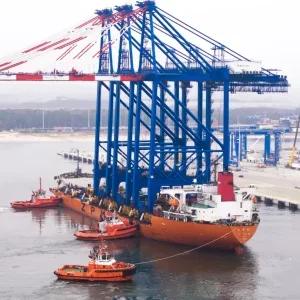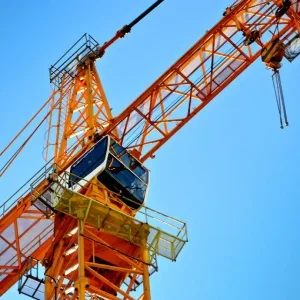Prof. Dr Ing. Willibald Günthner, chair for materials handling and material flow logistics at Munich Technical University was among a panel of experts invited by
Terex Material Handling to the prestigious event.
Prof. Günthner, who delivered the forum’s keynote presentation, analysed the leading trends and general conditions for future industrial production that include demographic developments.
According to Prof. Günthner, the current age pyramid will be "almost completely reversed" by 2030 and in this period there will be a sharp increase in the share of employees who are older than 55.
As a result, these workers will have more experience, but they will also be less able to cope with physical effort. In addition, the industry will increasingly face a shortfall in management trainees, which will force companies to use their ageing staff to deal with the work at hand.
While many automotive manufacturers have identified these trends, there are required measures designed to improve workplace ergonomics and to reduce the physical burden for the workers.
"Humans can contribute their cognitive abilities and unbeatable versatility, whereas the hoist units or robots provide the power to do the work. The aim is to find the optimum blend. In this context, the human/machine interface plays a decisive role, says Prof. Günthner. If an operator has the feeling that he is moving the handling equipment, and not the load, he will not use the equipment. The same applies when he subjectively feels that there is a delay when he moves the load."
Another pertinent question on the agenda, but one that remained unanswered was how you calculate the return on investment for measures that relieve the load for workers.
Günthner added: "At our institute, we have conducted a number of investigations into optimising ergonomics and I have also consulted ergonomists regarding this question. As yet, there are no studies or statistics that precisely quantify this relationship.
"Whereas it is possible to calculate the costs for lost time incidents and time taken off due to sickness or injury, it is not possible to put a figure on the benefits of individual measures."






